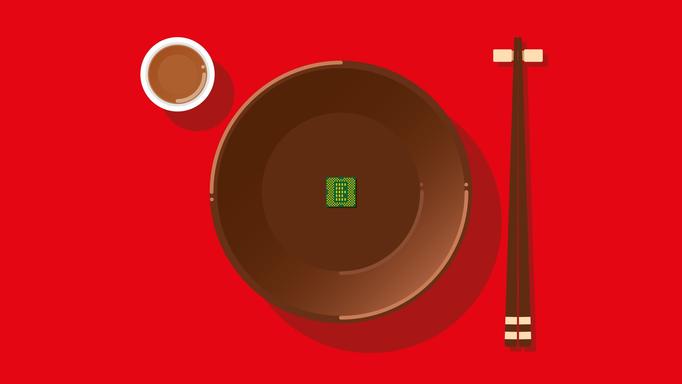
On Thursday morning, explosions rocked at least seven cities in Ukraine, heralding the start of a full-scale Russian invasion. Among Putin’s first targets was Odesa, a seaside city huddled around the Black Sea and one of the country’s busiest ports. But it is also home to a little-known company called Cryoin, which plays a big role in the global production of semiconductors.
Cryoin makes neon gas, a substance used to power the lasers that etch patterns into computer chips. It supplies companies in Europe, Japan, Korea, China, and Taiwan, but most of its neon is shipped to the US, the company told WIRED. Now analysts are warning that the ripple effects caused by disruption to Cryoin’s supply could be felt around the world.
Cryoin’s production of neon and other gases ground to a halt on Thursday as the invasion began, says business development director Larissa Bondarenko. “We decided that [our employees] should stay at home for the next couple of days until the situation is clearer, to make sure that everyone is safe,” she says, adding there was no damage to the facility as of Monday. Despite plans to restart production over the weekend, missiles over Odesa meant it was still too dangerous. Bondarenko, who lives half an hour away from the site by car, says she has been sleeping in her basement. “Thank God we have one in our house.”
Semiconductors act as the technological brains in our phones, laptops, smart homes, and even cars. The industry is already wrestling with shortages as it struggles to keep up with pandemic demand for devices. In 2021, chip shortages restricted production for almost every major carmaker, with companies like General Motors shutting entire factories as a result. Apple, one of the world’s largest chip buyers, told manufacturers in October that it would make 10 million fewer iPhones in 2021 than planned due to chip shortages, according to Bloomberg.

But Russian aggression in Ukraine is making the industry nervous that these shortages could be intensified by a repeat of 2014, when prices for neon gas spiked by 600 per cent in response to the annexation of Crimea. Last week, US and Japanese governments were scrambling to make sure that will not happen again, pressuring their chip industries to find alternative sources of this obscure gas before it’s too late.
Ukraine is just one of a series of choke points in the global semiconductor industry. Around half of the world’s neon gas comes from the country, TechCet, an electronic materials advisory firm which advises some of the world’s biggest chipmakers including Intel and Samsung, told WIRED.
Ukraine’s neon industry was built to take advantage of the gases produced as byproducts of Russian steel manufacturing. “What happens in Russia is that those [steel] companies that have the facility to capture the gas will bottle it and sell it as crude,” says Lita Shon-Roy, president and CEO of TechCet. “Then someone has to purify it and take out the other [gases] and that's where Cryoin comes in.”
When Russia annexed Crimea in 2014, the world’s chipmakers were even more dependent on Ukraine because the country supplied around 70 percent of neon gas. “There were delays in shipments because of border crossing issues,” says Shon-Roy, and the raw materials needed to make neon were also in short supply. “Russia was focusing a lot of their efforts on war and not making steel.”
Burned by that experience, the chip industry scrambled to diversify its supply. A company called Cymer, which is owned by Dutch chip giant ASML and makes the lasers used to draw patterns on advanced semiconductor chips, tried to reduce its consumption of neon. "Chipmakers are concerned about recent escalation of neon prices and supply continuity," David Knowles, vice president and general manager of Cymer, said at the time, without specifically mentioning Ukraine.
Bondarenko says the price spike in 2014 was mainly caused by a feud between rival neon producers Cryoin and Iceblick, which is no longer operating. However, if access to Russian crude does become an issue, she says, Cryoin has enough supplies to keep production going until the end of March. If that runs out, she claims there are Ukrainian crude producers that Cryoin can turn to as alternatives.